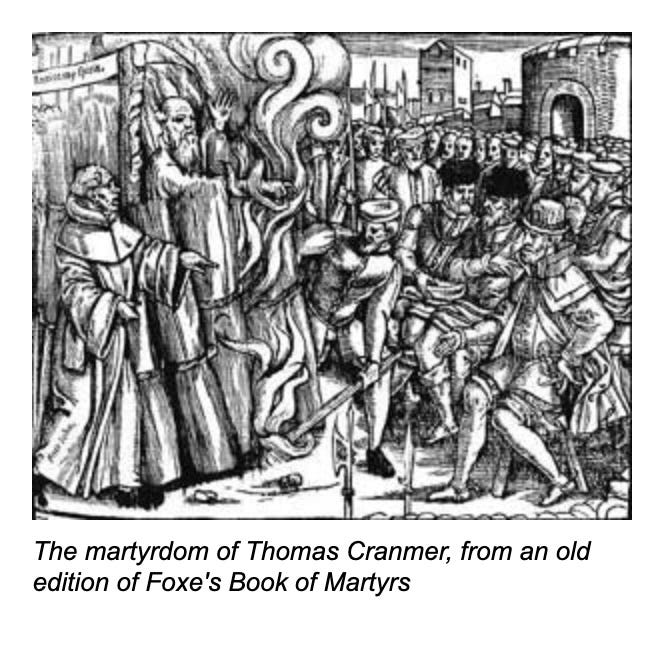How Media Outlets on the Left and Right Covered Trump’s Musical Town Hall
"Guide us in the way of justice and truth"
"For about 30 minutes on Monday night, former President Donald J. Trump held an impromptu musical town hall outside Philadelphia, standing onstage and swaying to songs like “Time to Say Goodbye” by Sarah Brightman and Andrea Bocelli, and “Hallelujah” by Rufus Wainwright. Both liberal and conservative media outlets described Mr. Trump’s sudden broadcast of his campaign playlist as awkward — but through far different lenses."
This is part of "Media Bubbles" a series in the New York Times that looks at how the media is covering the election.
Christian formation
One of the struggles we face in helping parishioners develop their own sense of social ethics rooted in the church's worship and doctrine is that just about every one of us lives in a media bubble. As most news sources these days have a political tilt to the right or the left, people can easily find themselves reading or hearing the same narrative again and again. We bathe in our favorite way of seeing things.
Many of us in the Order of the Ascension made a decision a few years ago to broaden our news sources. It's mostly all center left, centre right material. A few of us do look even further outside our perspectives on occasion. That is one way to open up our awareness of how we can be subtly influenced and shaped.
Another method is to offer something similar to Media Bubbles in our teaching about social ethics. For example, here are a couple of the examples from the Times article.
"The New Republic, a liberal site, described the incident in one article as a “weird musical detour.” In that article, Hafiz Rashid, a writer for the site, said Mr. Trump’s choices on Monday were part of a larger pattern of cognitive issues."
The Washington Examiner, a right-leaning site, ran an article with the headline, “Trump town hall takes a turn for the surreal.” Annabella Rosciglione, a breaking news reporter for the publication, described the town hall in vivid detail, offering a chronological exposition of the evening’s events.
She quoted Mr. Trump calling for the event organizers to play “Ave Maria” while medical professionals attended to one of the sick attendees, and noted that the song played two more times that night. She referred to the event as a “music show,” and said Mr. Trump played nine songs, which ranged in genre from opera to disco.
Read the article - How Media Outlets on the Left and Right Covered Trump’s Musical Town Hall
We can do the same thing by scanning current news pieces and selecting a few that show the bias of each.
This abides,
Brother Robert, OA
Hugh Latimer & Nicholas Ridley, and Thomas Cranmer Bishops and Martyrs, 1555, 1556 The image at the top of the page is lifted from James Kiefer’s material on today’s feast


